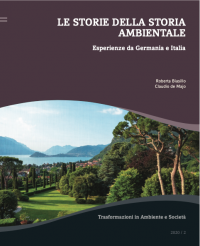The Elbe: Or, How to Make Sense of a River?
Sophie Lange discusses the environmental history of the Elbe river in Hamburg and an environmental dispute arising from mercury pollution between the Federal Republic of Germany and the German Democratic Republic.



